But it is not simply about providing delicious recipes for saffron dishes – it is also about promoting sustainable eating that respects those from all different cultural backgrounds who dedicate their lives to serving fantastic meals in both family homes and 5-star restaurants across the globe.
If you have a special recipe or would like to contribute an article to our blog section, please reach out as we would love to hear from you at [email protected]. We believe everyone has something extraordinary to offer their taste buds!
For now, love yourself and enjoy this one ...
By Maryann Readal
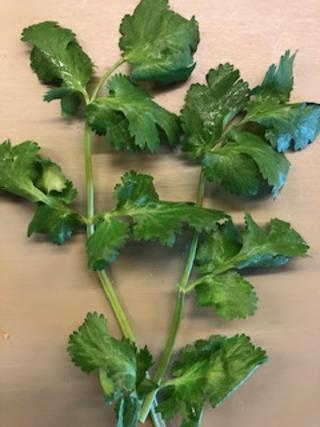 Cilantro (Coriandrum sativuum) is an herb that elicits strong feelings of like or dislike. Those who like the herb appreciate its sagey-lemony flavor. Those who do not like it say that it tastes like soap or chemicals. Dr. Vyas of the Cleveland Clinic explains that “those who dislike cilantro tend to have a gene that detects the aldehyde part of cilantro as a soapy smell and taste” (Cleveland Clinic, 2020). These are the people who do not relish the taste of cilantro in their food. There appears to be little middle ground for appreciating the taste of cilantro.
Cilantro (Coriandrum sativuum) is an herb that elicits strong feelings of like or dislike. Those who like the herb appreciate its sagey-lemony flavor. Those who do not like it say that it tastes like soap or chemicals. Dr. Vyas of the Cleveland Clinic explains that “those who dislike cilantro tend to have a gene that detects the aldehyde part of cilantro as a soapy smell and taste” (Cleveland Clinic, 2020). These are the people who do not relish the taste of cilantro in their food. There appears to be little middle ground for appreciating the taste of cilantro.
The leaves, roots, and seeds of cilantro (the seeds are called coriander) are all edible. The seeds have a softer flavor and none of the objectionable taste of the leaves. It is interesting to note that in Europe and other countries, both the leaves and the seed are called coriander. In the US and Canada, the leaves of the plant are called cilantro and only the seeds are called coriander. Sometimes the herb is also referred to as Chinese parsley or Mexican parsley.
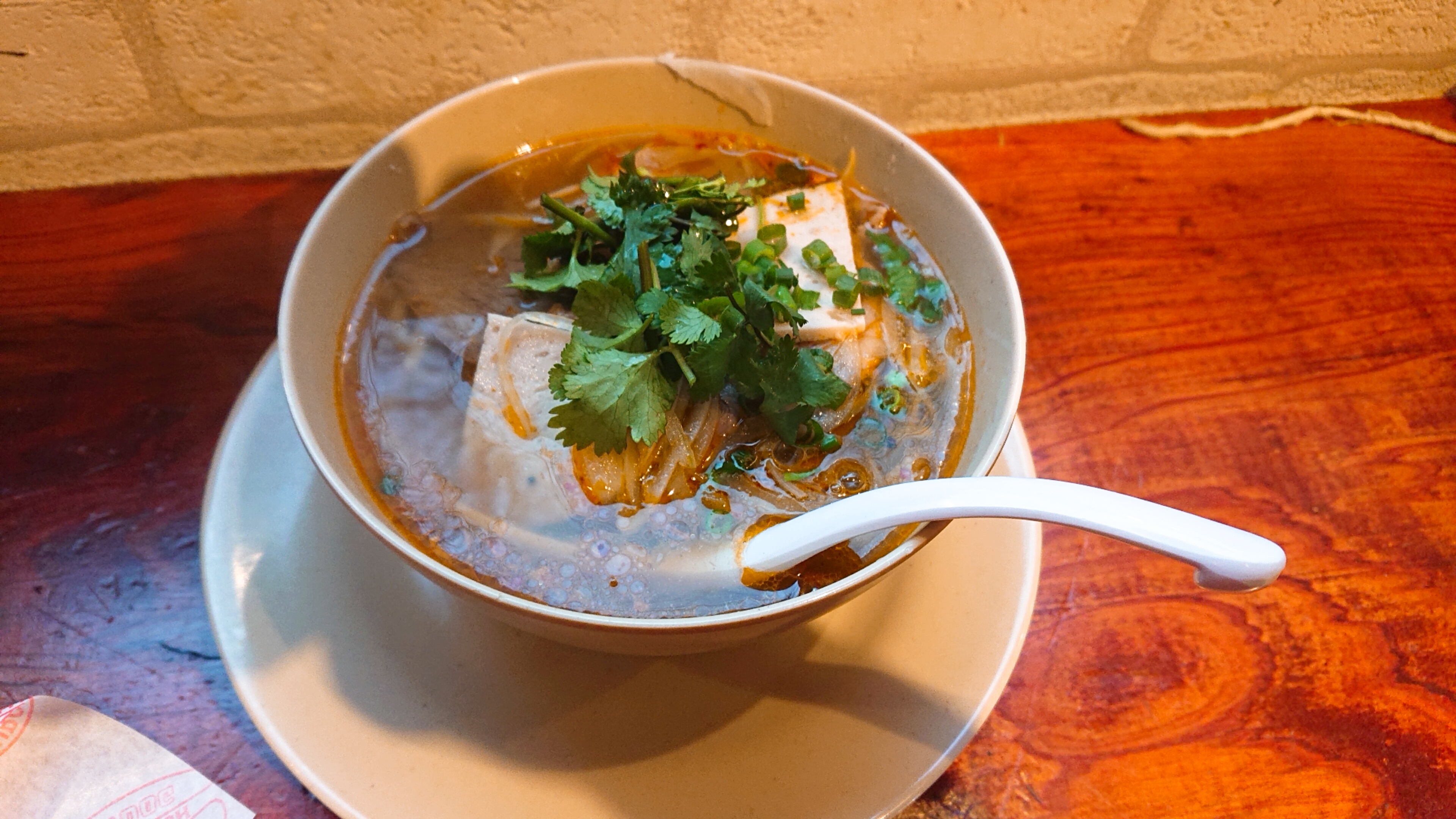 Cilantro originated in southwestern Asia and North Africa. Coriander, which is the seed of the plant, has been found in 8,000 year old caves in the Judean desert. The seeds were placed in the tombs of King Tut and Ramses II for their journey to the afterlife, and the Bible’s Book of Exodus compares coriander to manna that fell from heaven. Ancient Hebrews considered it one of the bitter herbs used during Passover. Its use has been recorded in ancient Chinese writings from 200 BCE, where it was thought that eating the
Cilantro originated in southwestern Asia and North Africa. Coriander, which is the seed of the plant, has been found in 8,000 year old caves in the Judean desert. The seeds were placed in the tombs of King Tut and Ramses II for their journey to the afterlife, and the Bible’s Book of Exodus compares coriander to manna that fell from heaven. Ancient Hebrews considered it one of the bitter herbs used during Passover. Its use has been recorded in ancient Chinese writings from 200 BCE, where it was thought that eating the 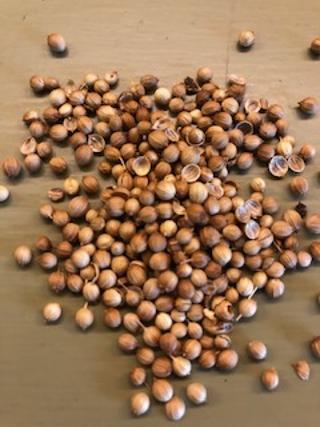 seeds would make one immortal. Arabs and Chinese both believed that it also stimulated sexual desire. It is mentioned in the Arabian classic, The Thousand and One Nights, as an aphrodisiac (Kowalchick, 1998), while the Roman botanist Pliny called it “a very stinking herb.” In fact, it was given the name “koris,” the Greek word for stinkbug or bedbug, because of its smell when squashed. In Pliny’s day, it was used as an antidote to poison, to heal sores, and to rid the body of parasites. Charlemagne loved it so much that he planted it in all of his gardens. The herb was brought to the New World in the 1600s where it became popular in Mexican and Latin American cuisines.
seeds would make one immortal. Arabs and Chinese both believed that it also stimulated sexual desire. It is mentioned in the Arabian classic, The Thousand and One Nights, as an aphrodisiac (Kowalchick, 1998), while the Roman botanist Pliny called it “a very stinking herb.” In fact, it was given the name “koris,” the Greek word for stinkbug or bedbug, because of its smell when squashed. In Pliny’s day, it was used as an antidote to poison, to heal sores, and to rid the body of parasites. Charlemagne loved it so much that he planted it in all of his gardens. The herb was brought to the New World in the 1600s where it became popular in Mexican and Latin American cuisines.
In Europe, coriander seeds were coated with layers of sugar and were served after dinner as a digestif. Many of us grew up with the famous Christmas poem “Twas the Night Before Christmas” (or “A Visit from St. Nicholas”) by Clement C. Moore where we read that “the children were nestled all snug in their beds, while visions of sugar-plums danced in their heads” (Moore, 1822). The sugar-plums in the poem referred to candied seeds such as coriander that were popular in1822 when the story was written.
 Thai cuisine relies heavily on cilantro leaves, seeds, and roots to flavor salads, soups, curry pastes, and herb mixes. Middle Eastern cuisines use the herb to enhance flavor in food and use it as a garnish. However, some modern chefs and herbalists echo the familiar dislike of the herb. Julia Child in a television interview in 2002 said, “Cilantro and arugula I don’t like at all. They’re both green herbs, they have kind of a dead taste to me.” Asked if she would ever order it, Child responded: “Never, I would pick it out if I saw it and throw it on the floor” (Denker, n.d.). Despite the strong opinion of Ms. Child and others, cilantro adds flavor and color to our Southwestern cuisine. Salsa and guacamole would not be the same without cilantro leaves.
Thai cuisine relies heavily on cilantro leaves, seeds, and roots to flavor salads, soups, curry pastes, and herb mixes. Middle Eastern cuisines use the herb to enhance flavor in food and use it as a garnish. However, some modern chefs and herbalists echo the familiar dislike of the herb. Julia Child in a television interview in 2002 said, “Cilantro and arugula I don’t like at all. They’re both green herbs, they have kind of a dead taste to me.” Asked if she would ever order it, Child responded: “Never, I would pick it out if I saw it and throw it on the floor” (Denker, n.d.). Despite the strong opinion of Ms. Child and others, cilantro adds flavor and color to our Southwestern cuisine. Salsa and guacamole would not be the same without cilantro leaves.
The herb has been used medicinally for many, many years as well. The essential oil of cilantro is antimicrobial and antioxidant (Tucker, 2009). “Its oil flavors gin, vermouth, liqueurs, and tobacco, and is prized in perfumery” (Bown, 2001). Coriander is one of the original ingredients in the secret formula for Coca-Cola® (ABC News, 2011).
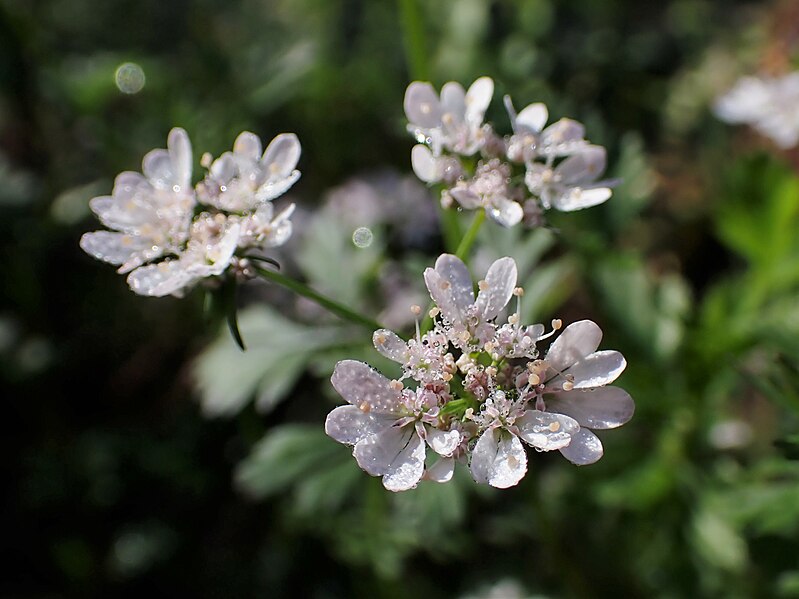 Cilantro is easily sown directly into the garden, but it does prefer cooler weather. After about thirty days, white to pink umbels of flowers appear on a stalk rising from the center of the plant. These blossoms are attractive to bees and other beneficial insects and pollinators, while the leaves of the plant deter aphids and spider mites in the garden. It is an annual but reseeds easily ensuring that you have a constant supply of the flavorful herb—if you like it, that is.
Cilantro is easily sown directly into the garden, but it does prefer cooler weather. After about thirty days, white to pink umbels of flowers appear on a stalk rising from the center of the plant. These blossoms are attractive to bees and other beneficial insects and pollinators, while the leaves of the plant deter aphids and spider mites in the garden. It is an annual but reseeds easily ensuring that you have a constant supply of the flavorful herb—if you like it, that is.
Medicinal Disclaimer: It is the policy of The Herb Society of America, Inc. not to advise or recommend herbs for medicinal or health use. This information is intended for educational purposes only and should not be considered as a recommendation or an endorsement of any particular medical or health treatment. Please consult a healthcare provider before pursuing any herbal treatments.
Photo Credits: 1) Cilantro leaf (Maryann Readal); 2) Cilantro leaves adorning a Chinese cuisine dish (Wikimedia Commons); 3) Coriander/Cilantro seeds (Maryann Readal); 4) Illustration from “Twas the Night Before Christmas” poem (Maryann Readal); 5) Cilantro flowers (Wikimedia Commons, Krzysztof Ziarnek).
References
ABC News. 2011. Is this the secret Coke recipe? Accessed 2/14/24. https://abcnews.go.com/Business/coca-colas-secret-formula-revealed/story?id=12914877
Bown, Deni. 2001. New encyclopedia of herbs and their uses. London: Dorling Kindersley Limited.
Cleveland Clinic. 2020. Love it or hate it—the great cilantro debate. Accessed 2/13/24. https://health.clevelandclinic.org/do-you-love-or-hate-cilantro-the-reason-may-surprise-you
Denker, Joel. n.d. Saved from the “two-headed serpent,” the curious history of coriander. Accessed 2/11/24. https://www.foodpassages.com/jottings-by-joel/intowner-columns/saved-from-the-two-headed-serpent-the-curious-history-of-coriander-part-i/
Kowalchick, Claire and William H. Hyton. 1998. Rodale’s illustrated encyclopedia of herbs. Emmaus, PA: Rodale Press.
Salloum, Habeeb. 2020. Fresh coriander, an exotic herb since antiquity. Accessed 2/11/24. https://www.arabamerica.com/fresh-coriander-an-exotic-herb-since-antiquity-2/
Tucker, Arthur and Thomas Debaggio. 2009. The encyclopedia of herbs: a comprehensive reference to herbs of flavor and fragrance. Portland, OR: Timber Press.
Maryann is a member of The Herb Society of America’s Texas Thyme Unit in Huntsville, TX. She is a Texas Master Gardener and a certified Native Landscape Specialist with the Texas Native Plant Society. She lectures and writes about herbs and plants and does herb training for Master Gardener programs. She gardens among the pines in the Piney Woods of East Texas.
By: The Herb Society of AmericaTitle: Cilantro—Like it or Leave it
Sourced From: herbsocietyblog.wordpress.com/2024/03/04/cilantro-like-it-or-leave-it/
Published Date: Mon, 04 Mar 2024 08:00:00 +0000
Frequently Asked Questions
What herbs should you take daily?
Depending on your health and wellness needs, many herbs can be taken daily to help improve your overall health.
Popular herbs for daily consumption include ashwagandha, turmeric, ginger, holy basil, chamomile, lavender, peppermint, and cayenne pepper. Ashwagandha is an adaptogenic herb that can help the body resist stress and anxiety. Turmeric is known for its anti-inflammatory properties, while ginger has been shown to aid digestion and boost immunity. Holy basil may help with managing blood sugar levels, as well as providing a calming effect. Chamomile can promote relaxation, while lavender is used in aromatherapy for its calming properties. Peppermint can help aid digestion and reduce nausea, while cayenne pepper has antibacterial properties that may boost your immunity.
As always, you must consult your doctor before taking herbs daily to ensure they are safe for you and do not interact with any other medications or herbs you may be taking.
There is no shortage of information on what foods we should eat and how much exercise we should do. But when it comes to what supplements we should take, there is a dearth of knowledge.
This is because most of us aren’t sure which ones work or which are junk. So we go online and look up whatever we can find.
But often, these articles are written by companies trying to promote their products. Which means they're usually biased toward their product.
So instead of finding unbiased advice, we end up reading marketing hype.
This makes sense since marketers make more money selling stuff than doctors.
The medical industry isn’t even allowed to advertise directly to consumers anymore. The best way to learn about natural remedies is to read independent reviews.
This is where you'll find real users sharing their experiences with each supplement. These sites give you an honest opinion of whether or not a particular herb helps.
Users will often share their experience with a supplement after taking it. This gives you a good idea of its effectiveness and any side effects.
You can also check out forums dedicated to herbalism. Here you can ask questions and receive answers based on personal experience.
Of course, there are plenty of other ways to learn about herbs.
There are books, websites, blogs, videos, podcasts, and classes. All of them provide valuable information about natural remedies.
What is the difference between basil and oregano?
Both of these herbs belong to the Lamiaceae family. They share similar flavors, but the differences are obvious.
Oregano is more pungent than basil. It also adds an extra layer of flavor to foods.
Basil leaves are smaller than oregano leaves. They are also softer and less aromatic.
The two herbs are often used interchangeably. Although they are quite similar, each has its distinctive qualities.
What is the mother of all herbs?
The answer may surprise you!
It is a common garden herb known as rosemary (Rosmarinus officinalis). Rosemary has long been associated with fertility, longevity, and protection from illness. In some cultures, it was believed that the fragrance of rosemary could ward off evil spirits.
As such, it has been used for centuries in various medicinal, culinary, and spiritual applications. Rosemary has a unique flavor that pairs well with many dishes, making it a popular choice in the kitchen. Its fragrant leaves also add flavor to sauces, herbs, and meats.
Rosemary is a powerful medicinal herb used throughout the centuries to treat various ailments. Rosemary essential oil can treat respiratory tract infections, digestion problems, skin irritation, and inflammation. Its anti-inflammatory properties make it helpful in treating headaches and muscle pain as well. In addition, the oil has been used to improve cognitive function and memory recall. Rosemary can also be taken as a supplement, tea, or tincture for its many benefits.
It's no wonder rosemary is known as the mother of herbs! It truly is a versatile and valued herb.
Statistics
- The global herbs market is expected to reach more than $125 billion by the end of 2025.
- The herbs market is highly competitive, with over 1,000 herb suppliers and over 15,000 herbs products available in the United States alone.
External Links
[TAG26]
[TAG28]
- Ashwagandha | Memorial Sloan Kettering Cancer Center
- Grape Seed | Memorial Sloan Kettering Cancer Center
[TAG31]
- Peppermint oil (Mintoil®) in the treatment of irritable bowel syndrome: A prospective, double-blind placebo-controlled randomized trial
- Curcumin reverses the effects of chronic stress on behavior, the HPA axis, BDNF expression, and phosphorylation of CREB
[TAG34]
How To
What to look for in herbs?
Herbs contain natural compounds that may help treat various conditions. In addition, herbal remedies may provide relief when used along with conventional treatments.
Herbal remedies include teas, capsules, tablets, ointments, creams, lotions, oils, and topical applications. Some of these products are meant to be taken internally, while others are applied externally.
The most common uses of herbal remedies include relieving minor aches and pains, treating cold symptoms, reducing fever, controlling coughs and sore throats, easing digestion problems, soothing skin irritations, alleviating menstrual cramps, and providing general health benefits.
When buying herbs, look for the following:
- Freshly picked plants. Avoid dried herbs unless they've been stored in a cool place. If possible, buy herbs directly from farmers' markets.
- Pure extracts. These are made by extracting the active ingredients from herbs using alcohol or water. Look for 100% pure extractions.
- Certified organic herbs. Organic herbs must meet strict standards set forth by the USDA.
- Natural flavors. Many herbs have strong scents that can overwhelm other foods. Adding flavorings such as vanilla, almond, or orange helps mask their smell.
- Potency. The amount of active ingredient per unit weight varies depending on the type of herb.
- Packaging. When purchasing herbs, check the packaging to ensure that it's clean and free of chemicals.
Resources:
 |
[TAG36]In this video we are starting out seedlings for our winter growing in the Tower Garden and we're taking you along for the journey! We'll show you just how easy |
 |
[TAG37]Hope you enjoyed this video and thank you for your support. Don’t forget to like, share and subscribe. PLEASE FOLLOW ME IN FACEBOOK https://www.facebook |
 |
[TAG38]Learn herbs from respected professional herbalists offering world-class herbalist training. The NEW Professional Herbalist Course includes courses on over 600 |
 |
[TAG39]Who was the Marble Looking Man? Paul Sinclair shares his accounts of unusual and strange happenings in an around East and North Yorkshire. We now have |
 |
[TAG40]COFFEE MOANING the PODCAST ON APPLE PODCASTS: https://podcasts.apple.com/gb/podcast/coffee-moaning/id1689250679 ON SPOTIFY: |
 |
[TAG41]Find out more about herbs and how to use them |
 |
[TAG42]Are you eating healthy bread? If so, this video is a must-watch before you take another bite of those seemingly innocent slices. Bread might be a staple, but |
 |
[TAG43]Patrick Bet-David, Adam Sosnick, Tom Ellsworth and Vincent Oshana discuss Bill Maher's appearance on Roseanne Barr's podcast where he denies knowing MK Ultra, |
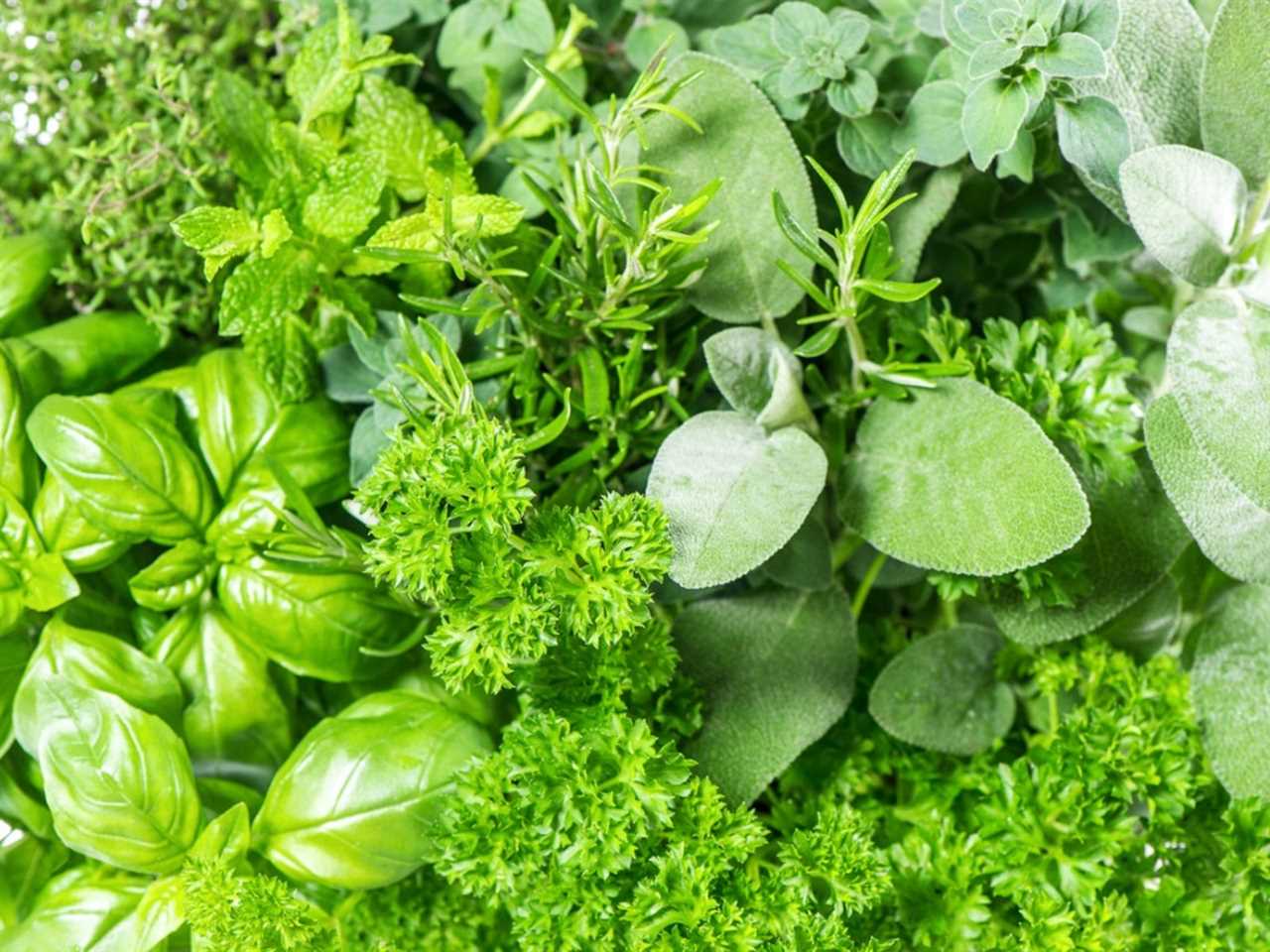 |
[TAG44]Like life, tea is what you make of it and The Cup of Life helps individuals enjoy tea in more than one way. Join me on my tea adventures through my blog! |
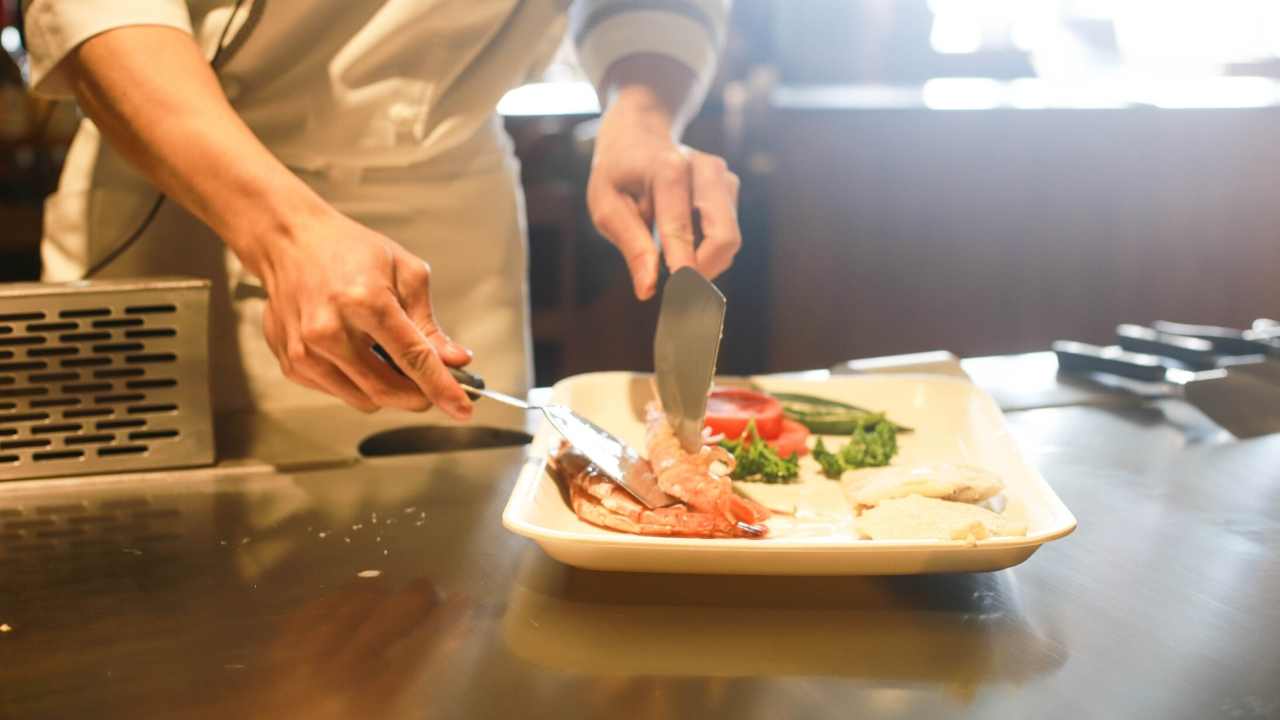 |
[TAG45]Use Code THOMAS25 for 25% off Your First Order from SEED: https://www.seed.com/thomasyt Obesity Pandemic - Willpower vs Genes vs Environment This video |
 |
[TAG46]Harvesting self-grown vegetables - bursting with emotions when the old lady handed over the red book Thank you for watching my video. Wishing you good health, |
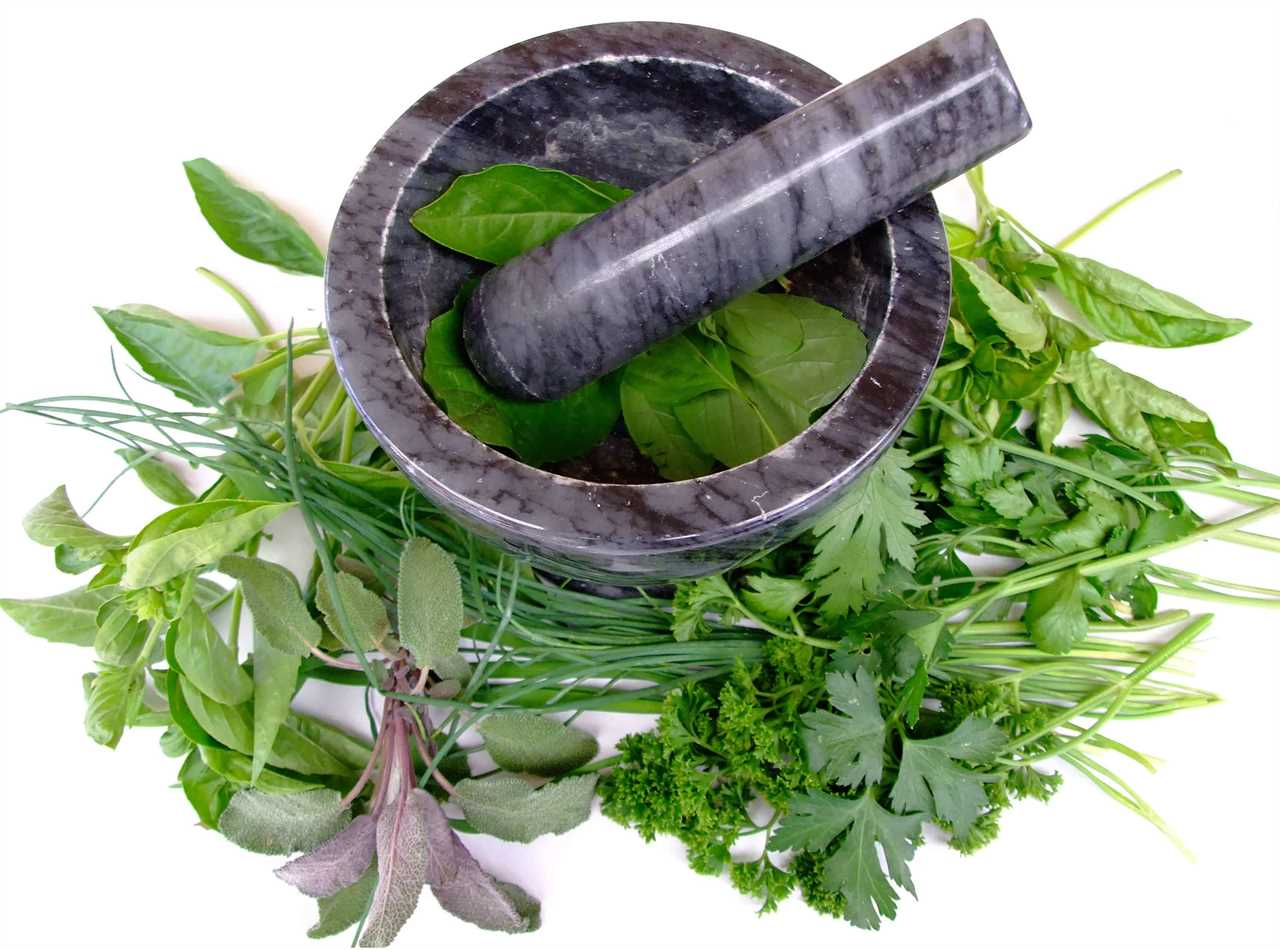 |
[TAG47]A tea assessment platform that rates teas based on objective quality markers and a sensory evaluation resulting in a list of the best teas produced each year. |
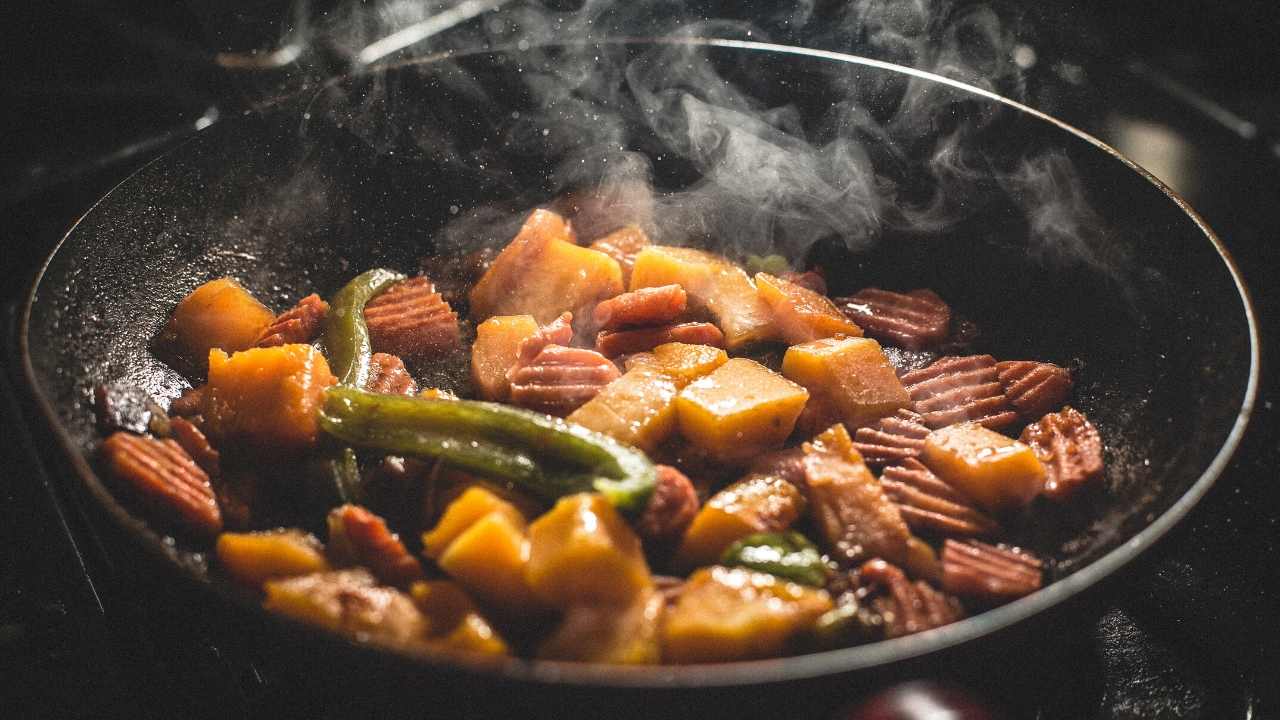 |
[TAG48]In This Video I'm Gonna Show You How To Find And Farm All 7 Herbs In Terraria! Enjoy ! :) #terraria #guide #tutorial |
 |
[TAG49]Former President Trump in recent remarks is now working to portray President Biden as a threat to democracy, saying Biden 'is the destroyer of American |
.png)





